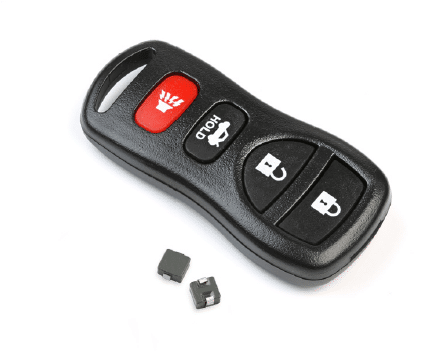source: Eaton news
Date: March 27, 2017
PLEASANTON, CA — Power management company Eaton today launched its automotive grade HCM1A product line of high current power inductors designed to meet electronic system power and thermal handling requirements of transportation manufacturers. The alloy powder core material of the HCM1A inductors are designed to withstand stresses found in vehicle engine compartments and deliver high reliability for DC-to-DC converters, voltage regulators, battery powered systems, multi-phase regulators and point of load modules.
“Vehicle engine compartments present environmental challenges, and auto manufacturers want assurance the components they use are up to those demands,” said Steve Subiry, global product manager, Eaton.“ The Automotive Electronics Council (AEC) Component Technical Committee specifies the Q200 standard to ensure electronic components used in vehicles are reliable, and the HCM1A product line has been designed to comply with this standard.”
As the integration of electronics into automotive systems continues to increase, so does the need to provide reliable power management under demanding conditions. Automotive manufacturers require components that endure a wide temperature range, corrosive conditions, noise, electromagnetic interference (EMI) and shock to ensure many years of reliability. Materials used in the construction of HCM1A inductors are designed to withstand the effects of thermal aging and protect against corrosion to provide dependable electronic systems. Eaton’s solution offers high current carrying capacity, high power density, low core losses and magnetic shielding to reduce EMI effects to other devices in the automotive engine compartment.
HCM1A inductors are AEC-Q200 Automotive Grade 1 compliant, which specifies minus 40 degrees to 125 degrees Celsius (C) as the minimum and maximum range of ambient temperatures in which a component can be safely operated.
The low core loss performance of the HCM1A product line is designed for input and output filtering applications used in engine compartments with more sophisticated digital control and direct current (DC) motors. These motors generate noise in engine compartments that could adversely affect the performance of adjacent electronic systems. Filters with HCM1A conductors are designed to reduce this noise.
The HCM1A product line offers surface mount packaging with a range of sizes and compact heights beginning at three millimeters. The line includes seven different part numbers to meet a variety of specifications and design requirements.


































